Brake Wear Guide – Spot Issues Early and Save Money
Brake wear is one of the first things you’ll notice when something’s off with your car. If you hear squeaking, feel a soft pedal, or see uneven pads, it’s time to act. Ignoring wear can lead to costly repairs, dangerous stopping distances, and even accidents. This guide gives simple steps to check your brakes, explains why wear happens, and shows when to replace parts. You’ll get the confidence to keep your car stopping safely without spending a fortune.
What Is Brake Wear and Why It Matters
Every time you press the brake, tiny friction material on the pads rubs against the rotor. Over time that material thins out – that’s brake wear. Different driving habits create different wear rates: city stop‑and‑go, heavy loads, and aggressive braking all speed up the process. When pads get too thin, they can’t generate enough friction, which means longer stopping distances and a higher chance of rotor damage. That’s why spotting wear early saves both your safety and your wallet.
How to Check and Fix Brake Wear
First, do a visual check. Pop the wheel well (or ask a friend to help) and look at the pad thickness. New pads are usually around 10‑12 mm; anything under 3 mm needs replacing. Next, listen for squeal or grinding – those sounds are the pads warning you they’re close to the metal. If you feel a soft or spongy pedal, the wear could be uneven, often caused by only changing one side. In that case, replace both front or both rear pads to keep the braking force balanced.
When you decide to replace pads, it’s a good idea to inspect the rotors at the same time. Surface cracks or warping show up as vibrations when you brake. A professional shop can resurface a rotor or recommend a new one if the wear is too deep. If you’re only swapping rear pads, remember the safety tip from our article “Is It Safe to Change Only Rear Brake Pads?” – changing both sides prevents uneven wear and keeps the car stable.
Maintenance doesn’t stop at replacement. Keep your brake fluid topped up and change it every two years; old fluid can boil under heavy braking and reduce performance. Also, avoid riding the brakes on long downhill runs – let the engine slow the car instead. Simple habits like gentle braking in traffic and regular inspections can extend pad life by 30 % or more.
If you’re not comfortable checking pads yourself, swing by Northwich Tyres Centre. Our team can do a full brake inspection, show you exactly what’s wearing, and fit new pads or rotors on the spot. We use quality brands that match your car’s make and driving style, so you get reliable stopping power without overpaying.
Bottom line: brake wear is a clear sign that something needs attention. Spotting squeaks, measuring pad thickness, and keeping fluid fresh are all easy steps that protect you on the road. When in doubt, let the pros at Northwich Tyres Centre handle the job – we’ll keep you safe and your car running smoothly.
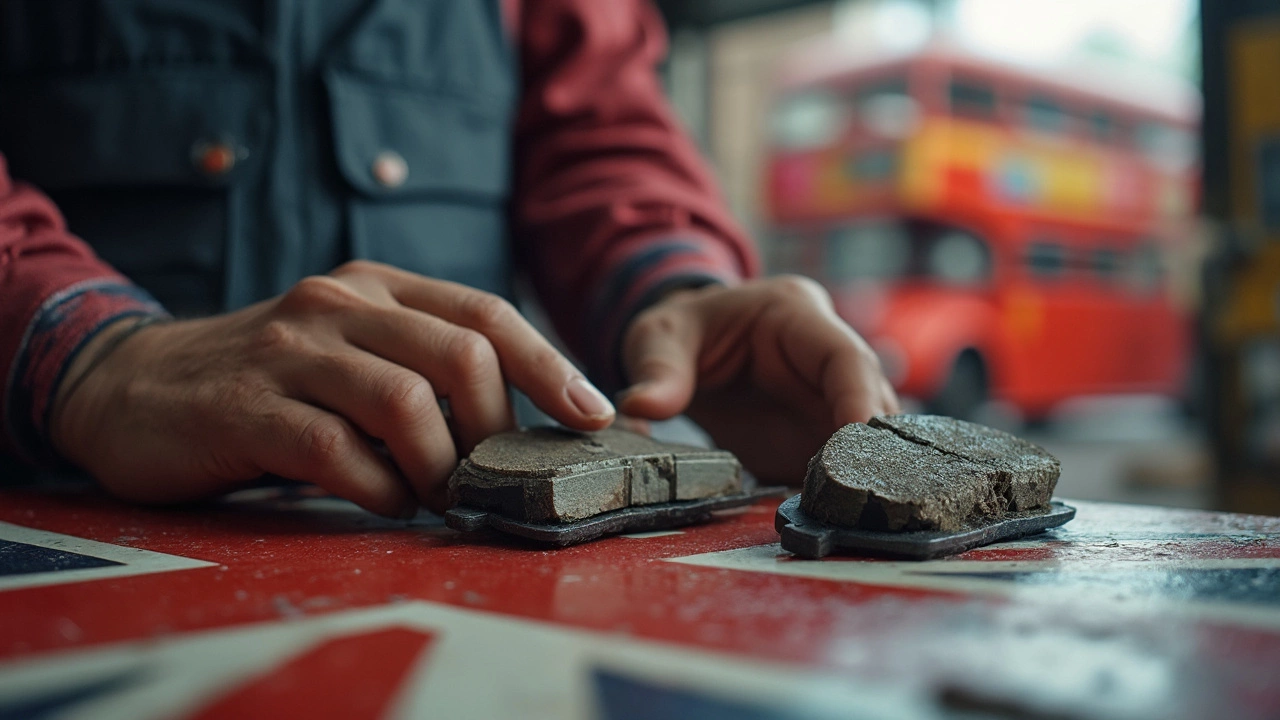 1 June 2025
1 June 2025
Front or Rear Brakes: Which Brake Pads Wear Out First?
Curious about which brake pads wear out first—front or rear? This article explains why your front brakes usually bite the dust before the rear and what really causes uneven brake wear. You'll get tips for spotting worn-out brake pads before they mess up your rotors or even your day. It's all about helping you save cash and drive safer by knowing what to check and when.
Latest Posts
-
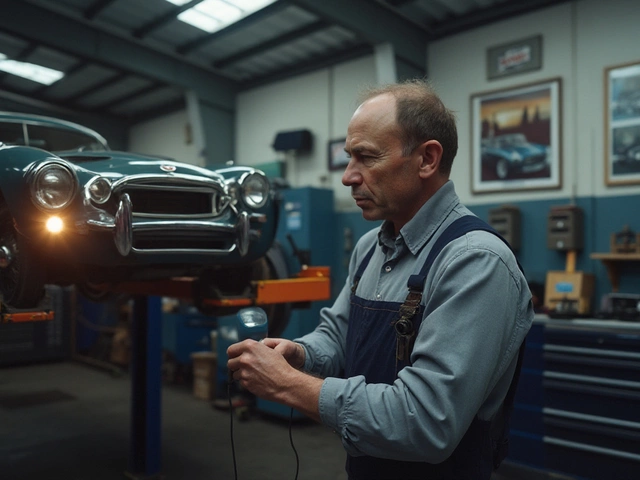
Signs You Need a New Car Suspension and What to Look For
-
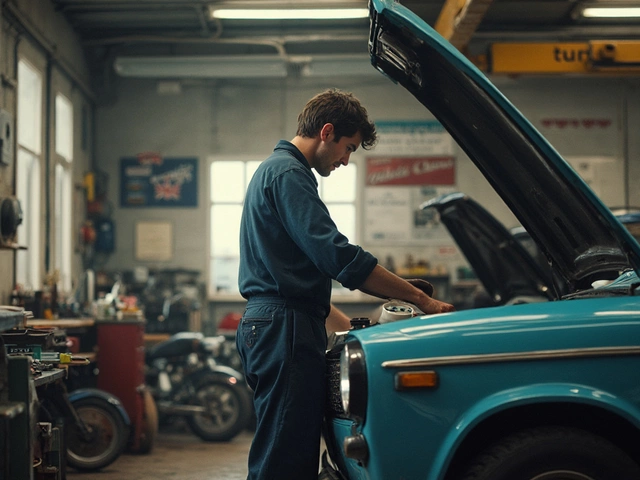
How Long Does It Take to Replace a Radiator? Expert Breakdown for Car Owners
-
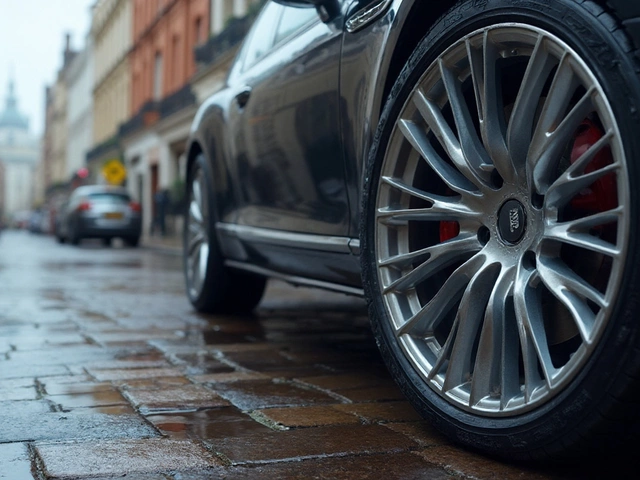
Do Alloy Rims Rust? The Truth About Alloy Wheel Corrosion and Maintenance
-
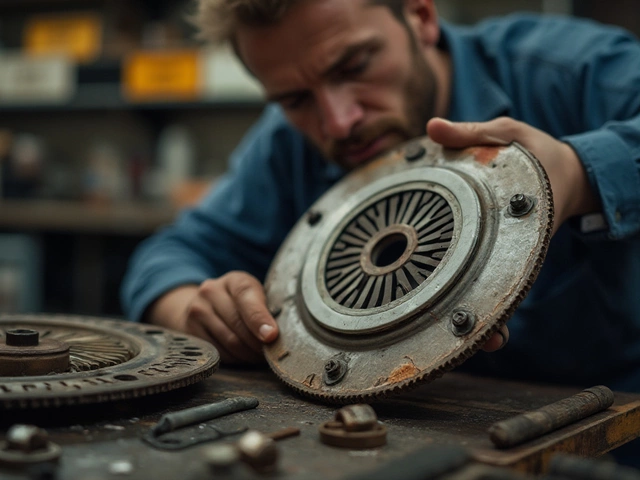
How Long Does a Clutch Kit Last in Your Vehicle?
-
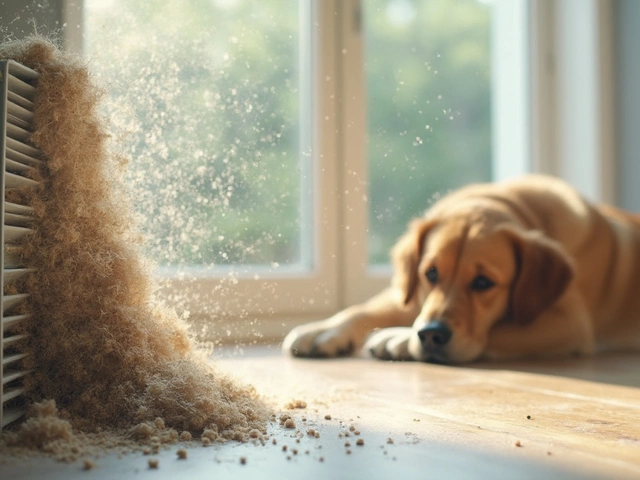
Will My AC Work Better If I Change the Filter? The Real Impact of Air Filters

0